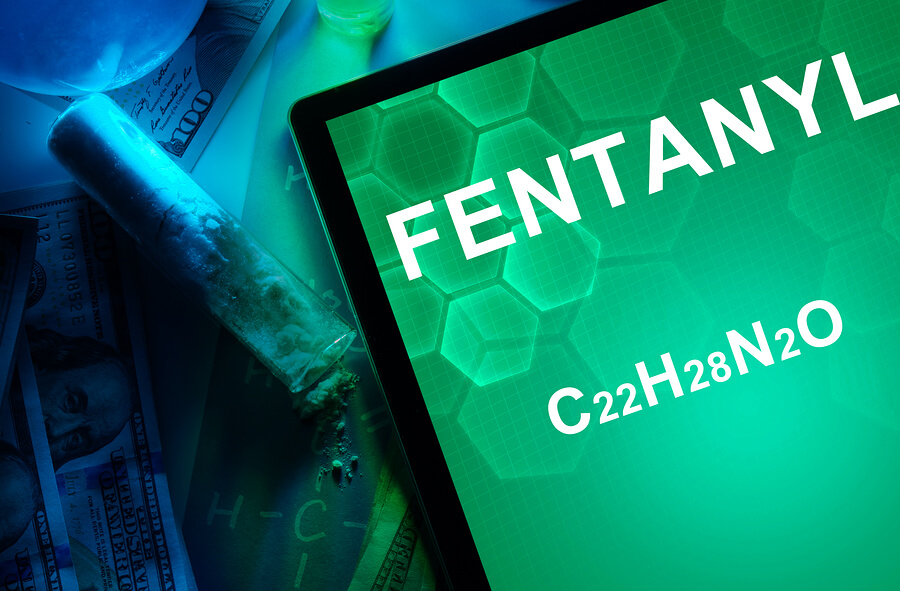
What Is a Speedball? – A speedball is a combination of the drugs heroin and cocaine. Heroin is a common illicit opioid that, when abused, can slow breathing to the point of respiratory arrest. Cocaine, a stimulant, essentially has the opposite effect, increasing heart rate and energy level, and speeding up breathing. As a result, cocaine tends to mask the depressant effects of heroin.
It is a common misconception, however, that combining heroin with cocaine will actually cancel out the adverse side effects of heroin. In reality, mixing these two substances is even more dangerous than using either alone, and increases the risk of overdose and irreversible damage to the body.
A speedball can be administered intravenously or by insufflation, and may also include prescription opioids, benzodiazepines, or barbiturates in addition to stimulants. “Speedballing” is particularly hazardous because it requires the body to process different types of drugs concurrently.
Also, cocaine use causes the body to take in and use more oxygen while heroin reduces breathing. This overall effect can put a tremendous strain on the lungs, heart, and brain. And, because cocaine wears off much faster than heroin, people who use a speedball tend to inject more often than people who use either heroin or cocaine individually.
What is a Speedball? Side Effects
The side effects often associated with cocaine are anxiety, hypersensitivity to sight, sound, and touch, hypertension and irregular or accelerated heartbeat. Conversely, opioids such as heroin are often associated with drowsiness and a slower breathing rate.
When used in conjunction, the side effects of speedballing may include the following:
- Confusion and paranoia
- Blurred vision
- Drowsiness
- Uncontrollable movements
- Severe anxiety
- High blood pressure
- Irregular heartbeat
- Impaired motor skills
- Trouble concentrating
- Slurred speech
- Stupor
- Sleep disturbances
Potentially fatal side effects of speedballing include:
- Stroke
- Heart attack
- Aneurysm
- Respiratory failure
Speedball Statistics
- In 2015, nearly two-thirds (63%) of cocaine-related overdose deaths involved an opioid such as heroin.
- By the first half of 2015, deaths in Florida related to fentanyl that also involved cocaine increased from 17% to 42%.
- Between 2013-2015, Colombian cartels increased cocaine production by 100%.
The Dangers of Combining Drugs
Respiratory failure is even more likely when combining these drugs due to dramatic differences in how long cocaine and heroin affect the body. The stimulating effects of cocaine subside much faster than heroin, and when this occurs, the full respiratory-depressing effects of heroin impact the body. Also, the combination of cocaine and heroin can compound the effects of each, often resulting in an overdose.
Cocaine was found to be involved in the second-most number of overdose fatalities in 2014, and use has continued to rise each year. This increase occurred after a steady drop in cocaine-involved overdoses between 2005-2009. Data from county coroners’ reports reveal that polydrug use is driving that increase.
When there are no opioids associated with cocaine overdose deaths, an overall decline has occurred in recent years. But when you examine cocaine and opioid use together, there has been a more than two-fold increase in the number of overdoses since 2010. Heroin and synthetic opioids such as fentanyl are increasingly involved in these deaths.

The spread of illicitly-made fentanyl (a synthetic opioid up to 100 times stronger than morphine) has caused a marked increase in overdose deaths. Some intentionally use fentanyl because they know of its potent properties and ability to induce sedation and an intense high. However, many people are not aware of the presence of fentanyl in counterfeit pills and heroin, and overdose deaths have increased as a result.
The combination of cocaine and fentanyl, which is potentially lethal at only 2 milligrams, was present in more than 1,500 deaths in 2015. Many researchers believe the real number of fatalities is actually higher due to discrepancies in the way drug deaths are reported. In fact, there have been several notable deaths attributed to speedball use.
John Belushi, an actor and comedian, died from a speedball overdose in 1984. Actor River Phoenix met the same fate in 1994. Chris Farley, another actor and comedian, died of cocaine and morphine sulfate overdose in 1997. And Phillip Seymour Hoffman, also an actor, died in 2013 from an overdose involving cocaine, heroin, benzodiazepines, and amphetamines.
Getting Help for Addiction
The process of recovery is challenging for anyone. Without help, it may feel impossible. Fortunately, help is available! Midwood Addiction Treatment offers a comprehensive approach to addiction that includes evidence-based services, such as psychotherapy, psychoeducation, individual, group, and family counseling, and peer support.
We employ caring staff who specialize in addiction and render these services to clients with compassion and expertise. We provide clients with the skills and support they need to achieve abstinence, prevent relapse, and enjoy a long and fulfilling life! Call us today to find out how we can help you on your journey to recovery!